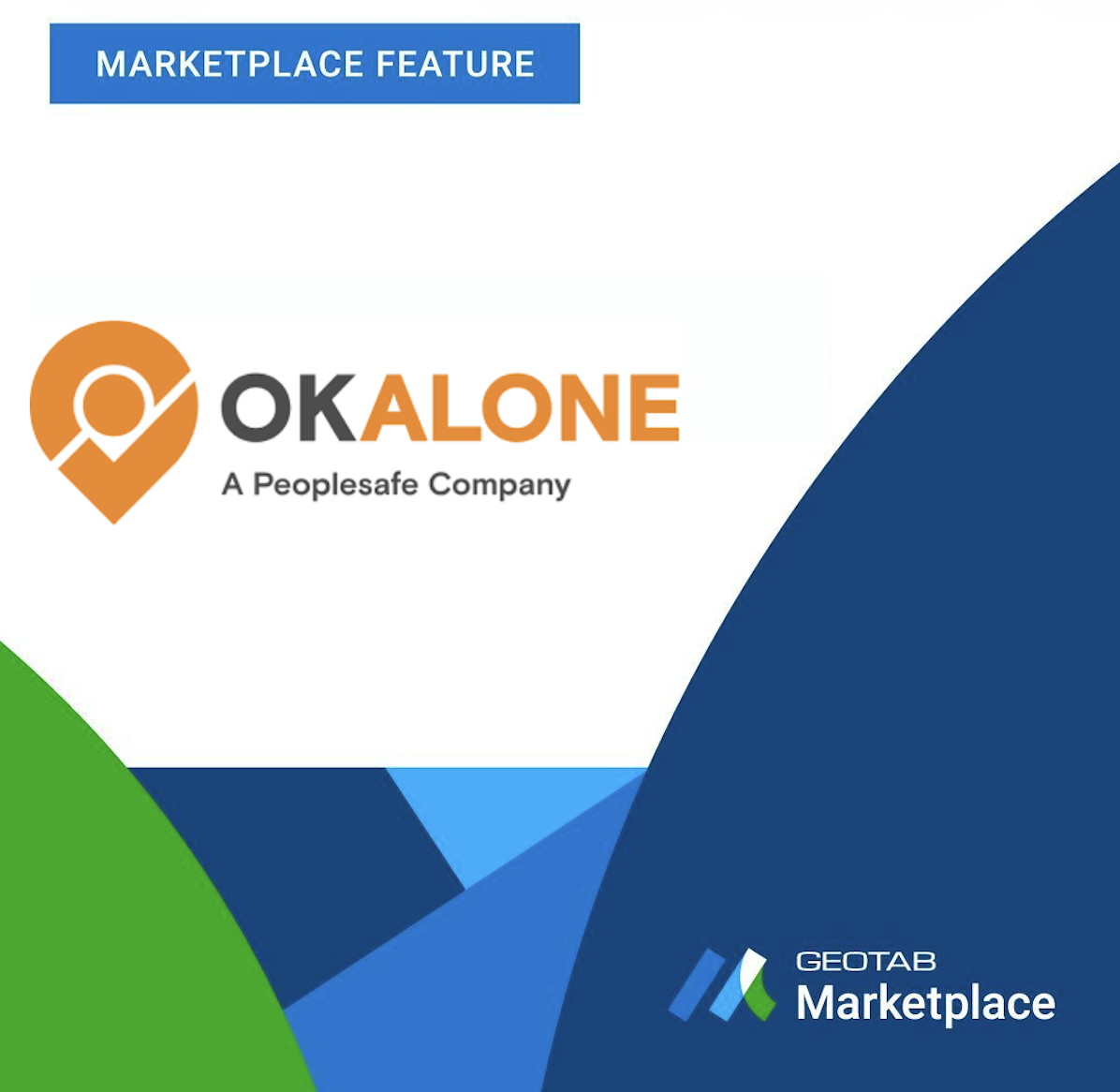Everything you need to know about bypass programs
In this article we dispel common myths about bypass programs.
By Geotab Team
Dec 3, 2024

Weigh station bypass programs have become an integral part of the trucking industry. All carriers have experienced the impact of roadside inspections on their operations, from route delays to increased costs. Bypass programs provide a solution to these challenges.
While fleets are benefiting from the continued improvement to bypass technologies, there are common questions and misconceptions about how bypass programs work.
By understanding the basics, fleets can take advantage of significantly enhanced operational efficiency, driver safety, and employee satisfaction while increasing their opportunities for bypasses.
Common misconceptions about bypass program
1. Bypass programs will result in more inspections.
Bypass programs are used by officers to reward carriers with good safety ratings and keep inspection sites running smoothly. Bypass screening technology allows law enforcement to review a carrier’s Inspection Selection System (ISS) score, the license and vehicle identification number (VIN), and the vehicle’s weight. Inspection personnel can focus their efforts on unsafe vehicles while allowing safer fleets to remain on the mainline.
2. Bypass programs are used to track drivers
Most bypass services use secure mobile technology to ensure no sensitive information is delivered to law enforcement, such as a driver’s Hours of Service (HoS), medical records, or Commercial Driver’s License (CDL).
Bypass technology is designed to only screen for vehicle-specific criteria, such as the ISS score, license plate, VIN, USDOT number, and record the date and time that a truck bypasses or is asked to pull into a weigh station. The processing of this information is strictly regulated and does not leave the station.
3. Bypass programs require a transponder
While some bypass programs run on transponder-based functionality, more advanced technologies are completely transponder-free and integrated directly into the Geotab Drive App. GPS-based mobile software allows vehicles to stay on the mainline without slowing down or changing lanes to drive under a transponder reader.
4. Bypass programs use CSA scores for screening
The only safety score screened by a bypass program is the carrier’s ISS score, which is an aggregation of a fleet’s Compliance, Accountability, Safety (CSA) scores. It provides law enforcement with a more comprehensive view of a fleet’s safety profile.
However, safety scores do have important roles in how weigh station bypasses are granted and, if managed well, can increase the opportunity for more green lights en route.
How ISS and CSA scores apply to bypass programs
Although similar, CSA and ISS scores have distinct differences that come into play during a truck’s route.
- The CSA score is a collection of safety data of roadside inspections, crash reports, investigation results, and registration details from the last 24 months, aggregated by the Federal Motor Carrier Safety Association (FMCSA).
- A fleet’s ISS score is an aggregation of the CSA scores. Ranging from 1 to 99 (100 being out of service), an ISS score reflects a carrier’s overall safety profile. The lower the score, the better the safety rating. Bypass technology screens for a vehicle’s USDOT number to locate the fleet’s ISS score in the federal system.
A great ISS score will typically result in more bypasses and a truck with an outstanding score could receive bypasses up to 98% of the time. Bypass services, like Drivewyze® PreClear, use the ISS score to determine the likelihood of performing an inspection.
However, a poor ISS score does not mean that a fleet won’t receive any bypasses. It may receive fewer, but a carrier can improve its safety score over time with a software-based bypass service that can automatically increase a carrier’s opportunity for bypass based on sheer volume.
Invest in a bypass service for more green lights
Adopting a transponder-less bypass service can provide carriers with significant cost and time savings. Fleet managers should consider three primary criteria when selecting a 100% software-based bypass service:
1. Network coverage on routes
Choose a bypass service that operates on the broadest possible network to increase the opportunity for a bypass, especially if the carrier operates in multiple jurisdictions. The bypass service should be available at fixed and mobile inspection sites, with functionality at scales that are Weigh In Motion (WIM) enabled and scales that are not.
2. Ease of use
Select a software-based bypass service that can be easily integrated onto the cab’s existing telematics devices (ELD) or the driver’s personal mobile phone or tablet.
Software-based bypass services leverage GPS and geo-fencing technologies and provide hands-free functionality with advanced notification capabilities, like heads-up notifications for upcoming inspection stations and safety alerts for high-risk areas. This allows drivers to stay on the mainline for longer, avoiding delays or dangerous lane changes.
3. Opportunities for a connected truck
A bypass service that allows for cross-platform integration onto existing telematics and mobile devices means carriers only have to invest in the base software once. Additional software solutions can be installed with no extra hardware needed. This gives fleets the opportunity to expand their operational capabilities quickly and cost-effectively.
About Drivewzye
Drivewyze® Is North America’s largest weigh station bypass network with almost three times the service coverage of other bypass providers, and the only 100% software-based solution available for Geotab users. Drivewyze is the sister company of Intelligent Imaging Systems (IIS), developer of commercial vehicle enforcement solutions to law enforcement agencies across North America. In 2017, Drivewyze was recognized by Frost & Sullivan with the North American Weigh Station Bypass Company of the Year Award for its best practices and industry leadership. For more details, visit Drivewyze on the Geotab Marketplace and click Request Info.
Subscribe to get industry tips and insights
The Geotab Team write about company news.
Table of Contents
Subscribe to get industry tips and insights
Related posts

Collision avoidance systems: How fleets prevent incidents and improve safety
December 23, 2025
5 minute read
.png)
From the North Pole to the Highway: How AI and Predictive Insights Get Drivers Home for the Holidays
December 16, 2025
2 minute read
.jpg)
.png)
AI dash cams vs. traditional: Which delivers better fleet safety?
December 8, 2025
5 minute read

Elevating Worker Safety Through Simplicity: The OK Alone Story
December 3, 2025
2 minute read

Telematics device cost: Key factors that determine pricing
November 19, 2025
5 minute read